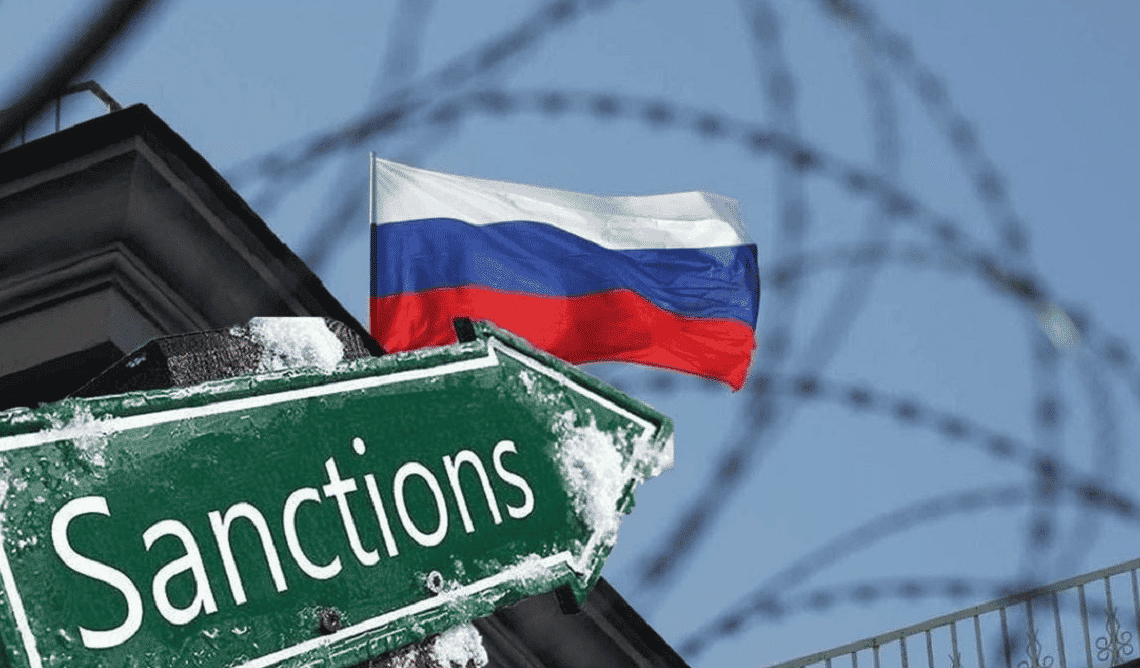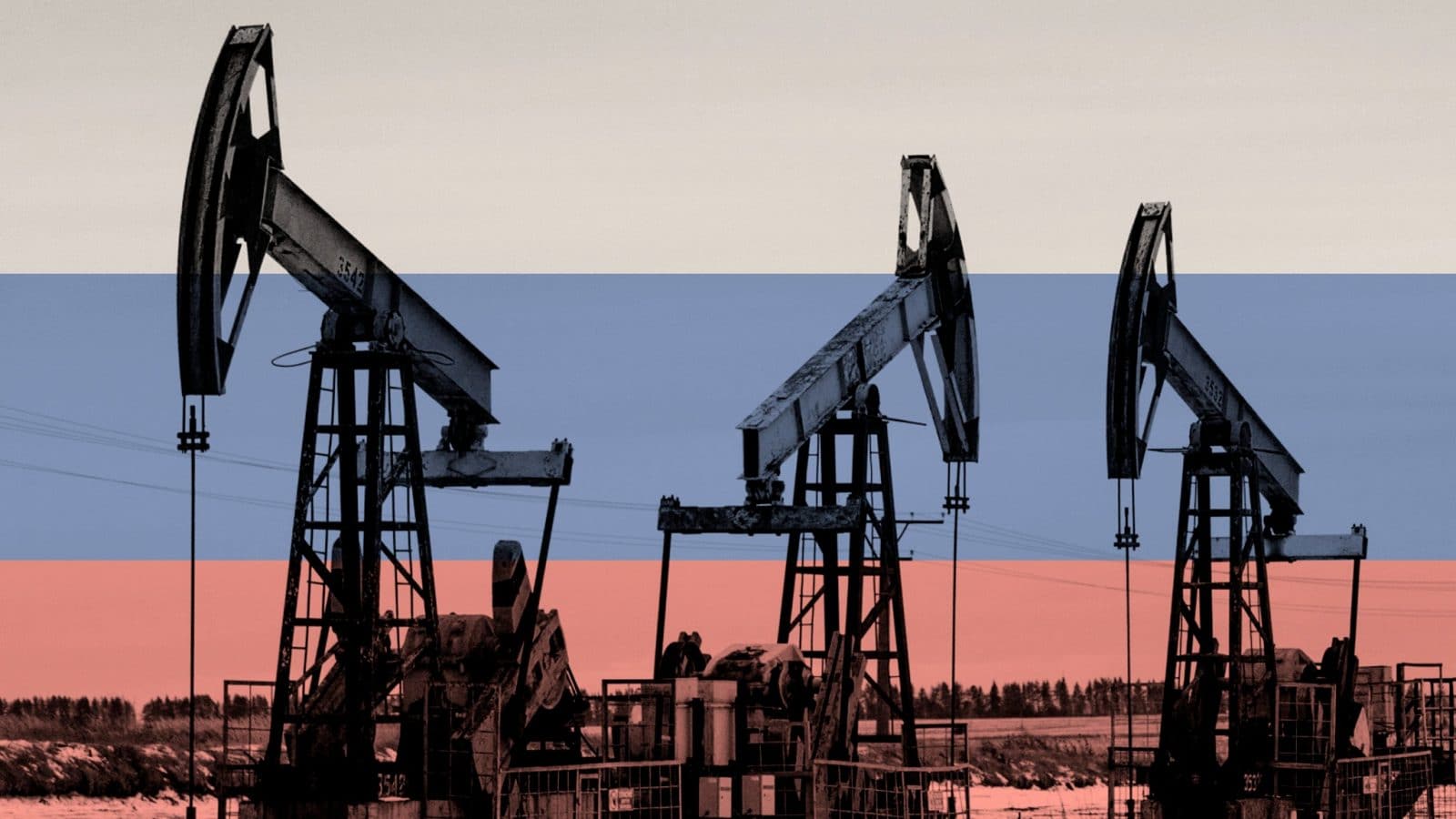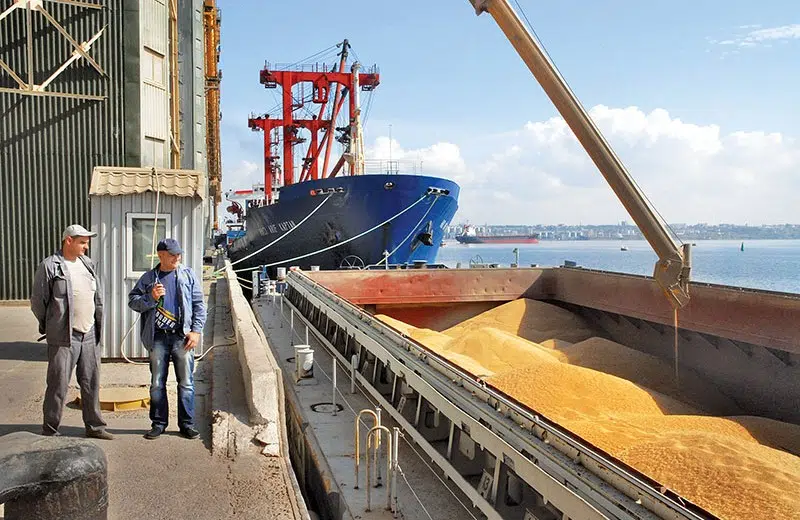Table of Contents
OPEC+ production cuts and market response
OPEC+ members (Algeria, Angola, Equatorial Guinea, Gabon, Iran, Iraq, Kuwait, Libya, Nigeria, the Republic of the Congo, Saudi Arabia, the United Arab Emirates and Venezuela plus other oil-producing countries, formed in late 2016 to exert more control on the global crude-oil market) at the initiative of Saudi Arabia has made another attempt to revitalize the global oil market and stimulate price growth by reducing production. It seems simple: less oil means higher prices, which leads to more expensive gasoline at Ukrainian gas stations. However, the oil market is influenced by numerous factors, and after the recent production cut, the price actually decreased.
On June 4, OPEC+ members reached an agreement to extend production cuts for oil until 2024 and further reduce production volumes by nearly 1.4 million barrels per day from the following year. Additionally, Saudi Arabia announced voluntary production cuts starting the next month. This marks the third agreement to curtail production in the past year. The first agreement, reducing production by 2 million barrels per day, was reached in the fall of 2022, while the second agreement, agreed upon in April 2023 to reduce production by 1.6 million barrels per day, came into effect last month.
In July, the decisions of OPEC+ are expected to lead to the lowest level of production in several years, but whether this will result in a significant increase in oil prices is currently difficult to predict. Despite forecasts, the market reacted rather weakly to the April decision regarding production cuts. Prices of Brent crude oil, for example, reached $87.4 per barrel a few days prior, but starting from April 13, they mostly exhibited a negative trend. Throughout May, the barrel price fluctuated between $72 and $77.
There is also no significant market reaction observed to the June decision to reduce production; as of June 8, the price of a barrel of oil increased by less than $1. Factors that hinder the demand for oil currently have a stronger impact on the market than the planned supply cuts. The main restraining factors for the oil market have been concerns about a global economic downturn, limitations on China’s economic growth, the threat of default in the United States, and the significant supply of oil by Russia at prices well below the market value.
Saudi Arabia and Russia’s relationship in the oil market
Interestingly, this time the quotas have only changed for two OPEC+ participants. Saudi Arabia, as the initiator of the new agreements, promised to reduce production by 1 million barrels per day and voluntarily decided to decrease consumption starting the next month. Russia’s oil production quota will decrease by 650,000 barrels per day from 2024. Other group members have committed to adhering to their previously promised cuts until the end of 2024. However, the United Arab Emirates, on the contrary, has achieved an increase in its production quota for the following year.
The solidarity between Saudi Arabia and Russia regarding oil matters is actually quite conditional, although overall Russia has a relatively high level of support among Arab countries. However, their relationship has become more strained recently. The explanation is simple: Moscow failed to fulfill its obligations to reduce production and continued to supply large volumes of cheap oil to the market. This became one of the reasons for the price decrease in May this year, despite all the efforts made by the Saudis.
The record production cut appears to be yet another attempt by Riyadh to raise oil prices to a minimum of $80 per barrel, which would allow it to balance its budget and continue financing mega-projects, such as the construction of the “city of the future” Neom in the desert. In order to achieve price growth, the country is willing to reduce its share of the oil market.
Moscow verbally supports the reduction of production. After the introduction of the price cap on Russian oil, the Prime Minister of Russia stated that Russia would rather cut production than sell oil at prices below $60 per barrel and pledged to voluntarily reduce the quota by an additional 500,000 barrels per day. However, in recent months, Russian oil has been sold at a discount to countries willing to buy it, in volumes that even exceed the previously agreed mandatory quotas set by OPEC+. There is a high probability that Russia will continue to try to sell the maximum possible amount of oil in the face of a decline in oil and gas revenues, which amounted to 45% in the first quarter of 2023 (sanctions are taking effect!). Furthermore, the increase in the price of Russian oil is practically irrelevant as its price is capped. Therefore, whether Riyadh has managed to reach an agreement with Moscow will become clear in a few weeks.
United States’ response to the OPEC+ decision
The United States is planning to counter the decision of OPEC+. In Washington, on the same day, they responded to the OPEC+ decision by stating that they would continue to work on steps to reduce the cost of oil, as high oil prices stimulate inflation. Tackling inflation is currently one of the priorities of the US administration. Biden plans to run for re-election in 2024, where a high level of inflation would not work in his favor.
Symbolic is the fact that on the day the OPEC+ decision was announced, President Biden signed a law suspending the US debt ceiling and implementing spending restrictions for the next two years. This once again managed to avert the first-ever default in history, but the risk of inflation remains. This means that the US will most likely attempt to limit the increase in oil prices by primarily increasing its own production and exports.
Therefore, it is possible that the price of oil on the global market may slightly rise in the near future, but significant growth should not be expected.
Fuel price increase in Ukraine unrelated to OPEC+ decision
Will fuel prices increase in Ukraine? Yes, they will increase noticeably starting from July 1st. However, this is a completely different story. The price hike will not be due to the OPEC+ decision but as a result of increasing the VAT rate from 7% to 20% and reintroducing excise taxes on petroleum products. In April 2022 the Verkhovna Rada of Ukraine abolished excise taxes on petroleum products and reduced the VAT rate on them from 20% to 7% to prevent significant price increases due to the war. However, as of July 1st, 2023, Ukraine will return to pre-war levels. So, fuel prices in Ukraine will rise, but Saudi Arabia and OPEC+ are not to blame for it.
Originally posted by Maria Yakub and Oleksandr Kharchenko on Zn.ua. Translated and edited by the UaPosition – Ukrainian news and analytics website
See also: Will Ukraine export gas? Whom and why is it needed during the war?





